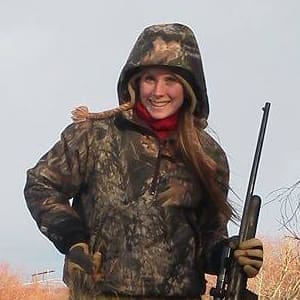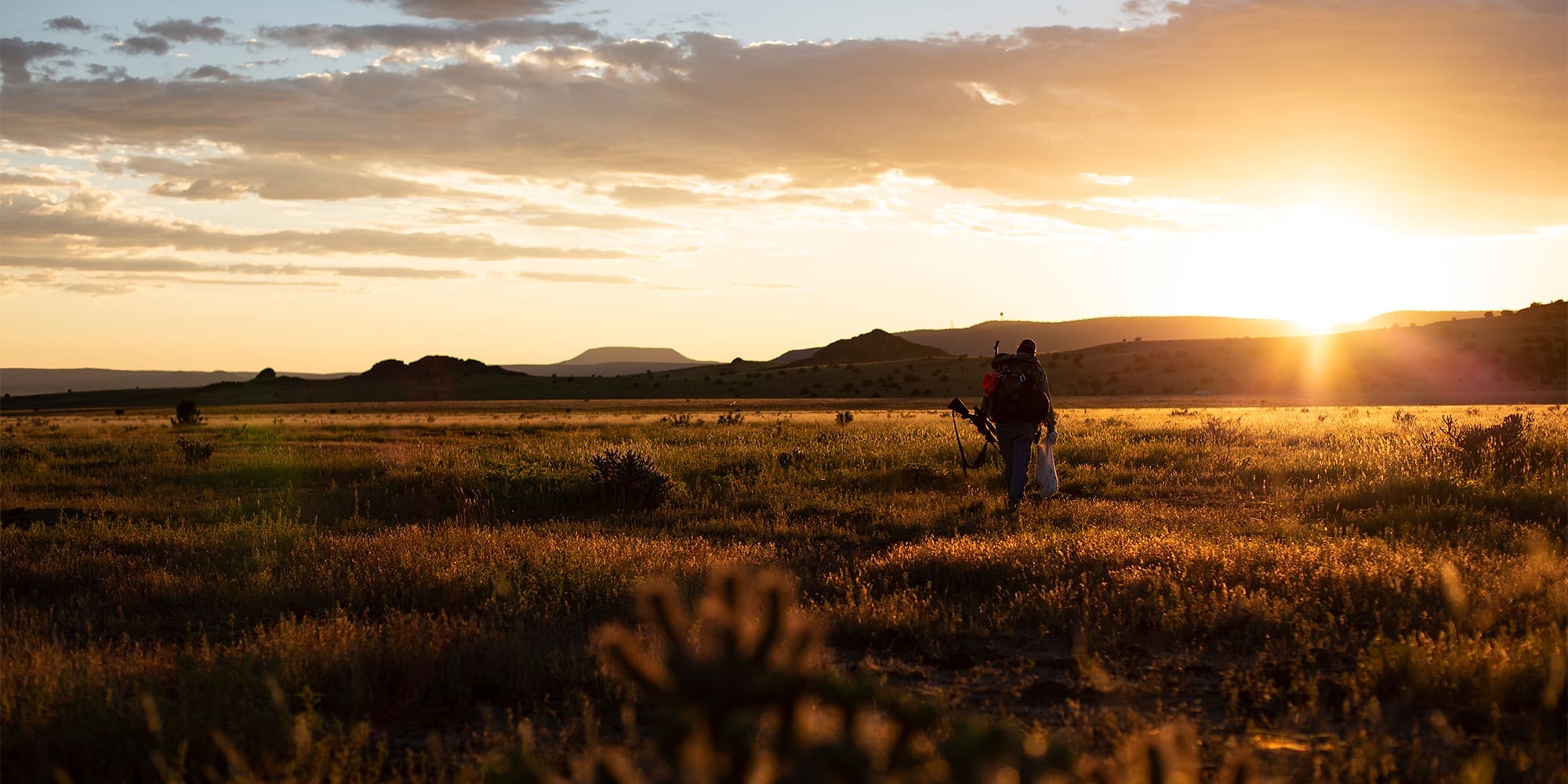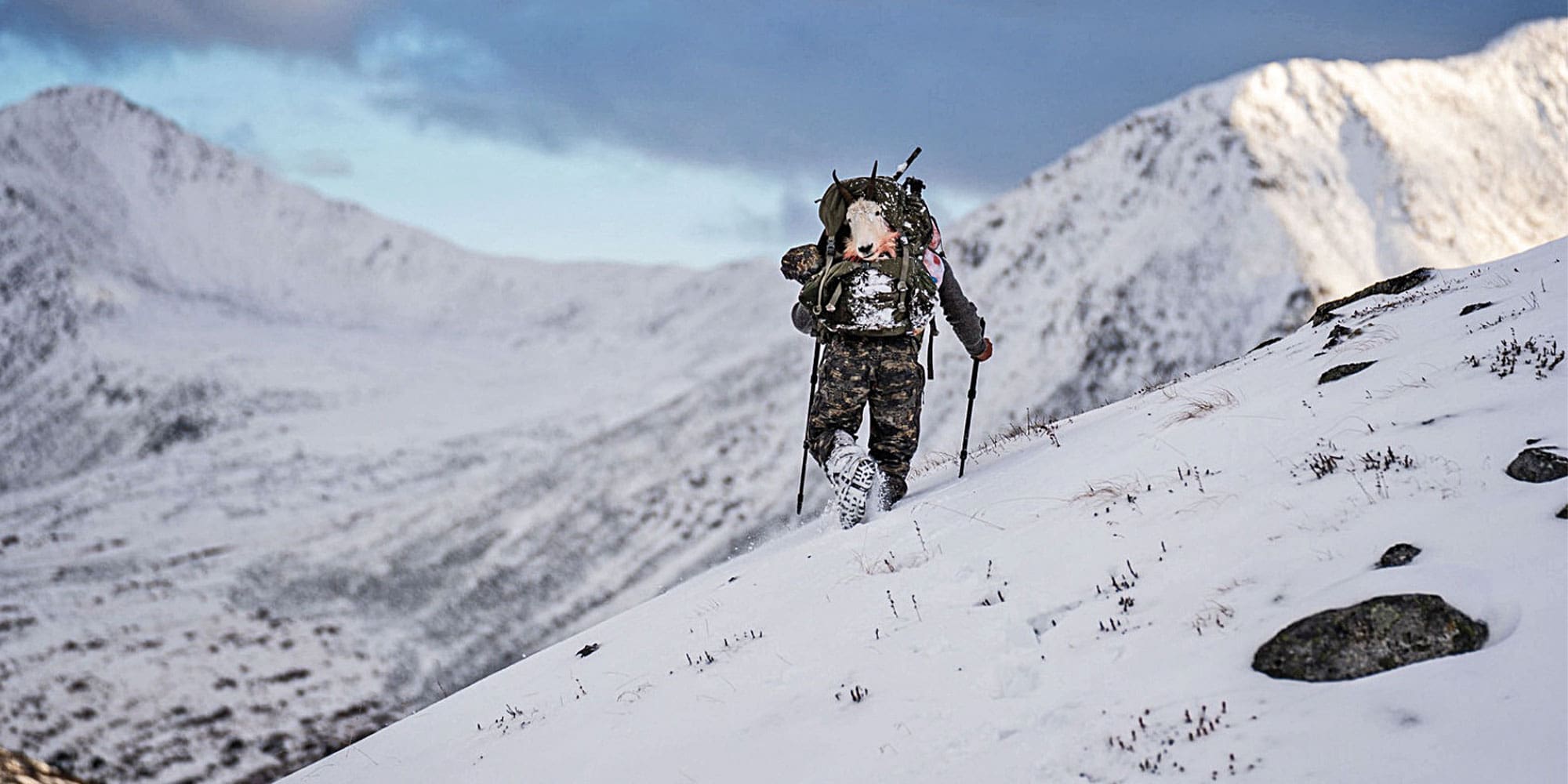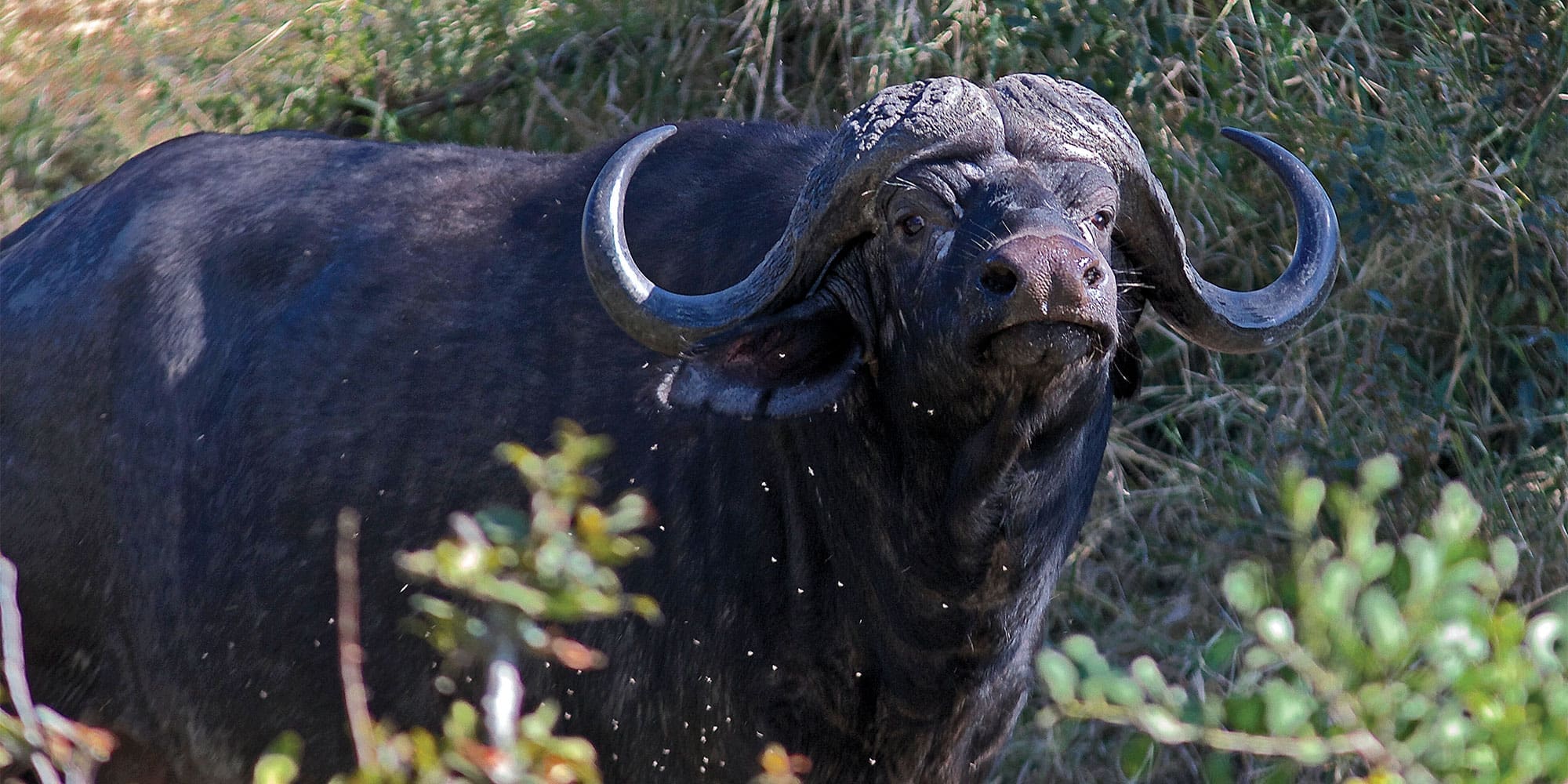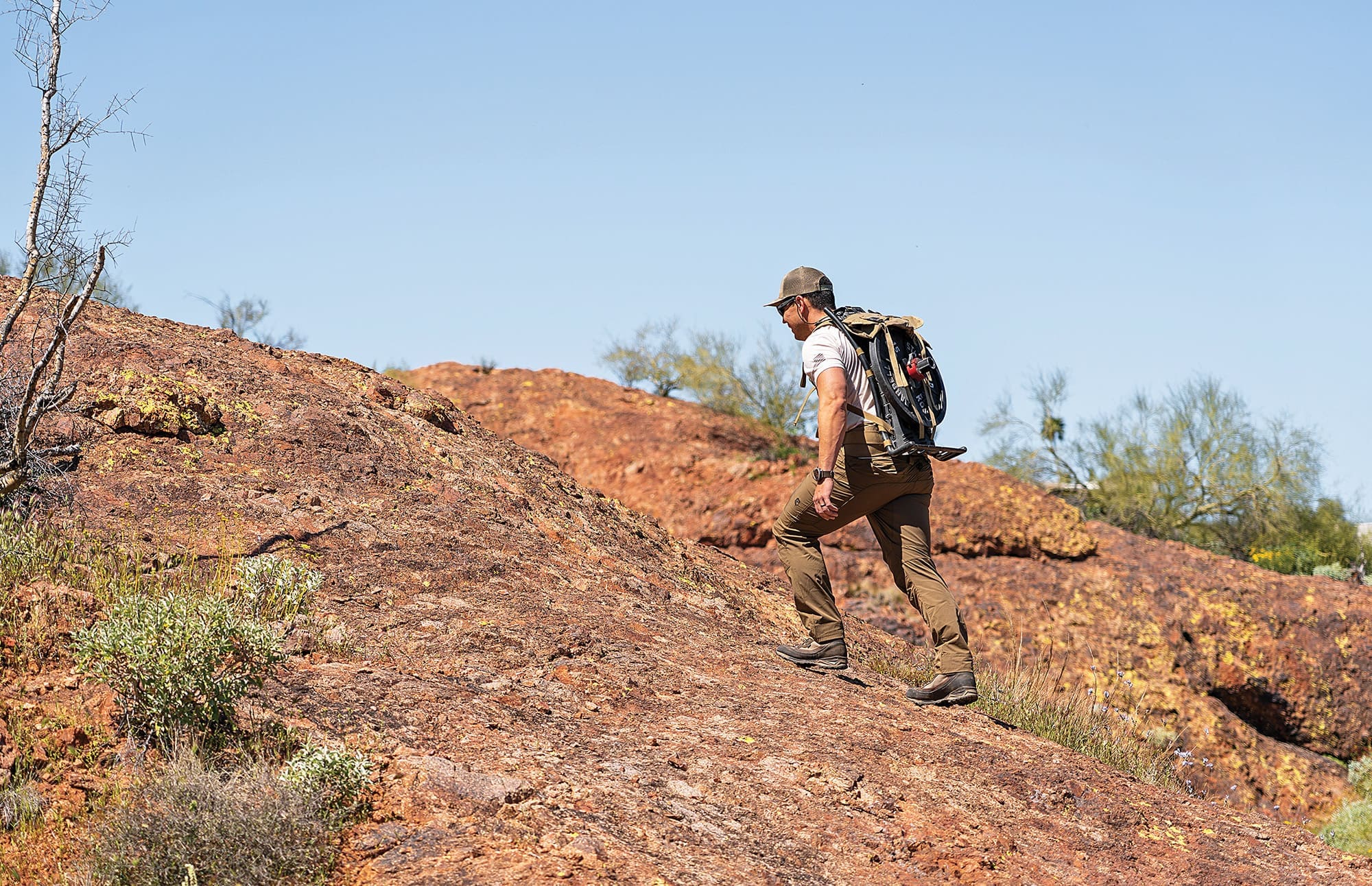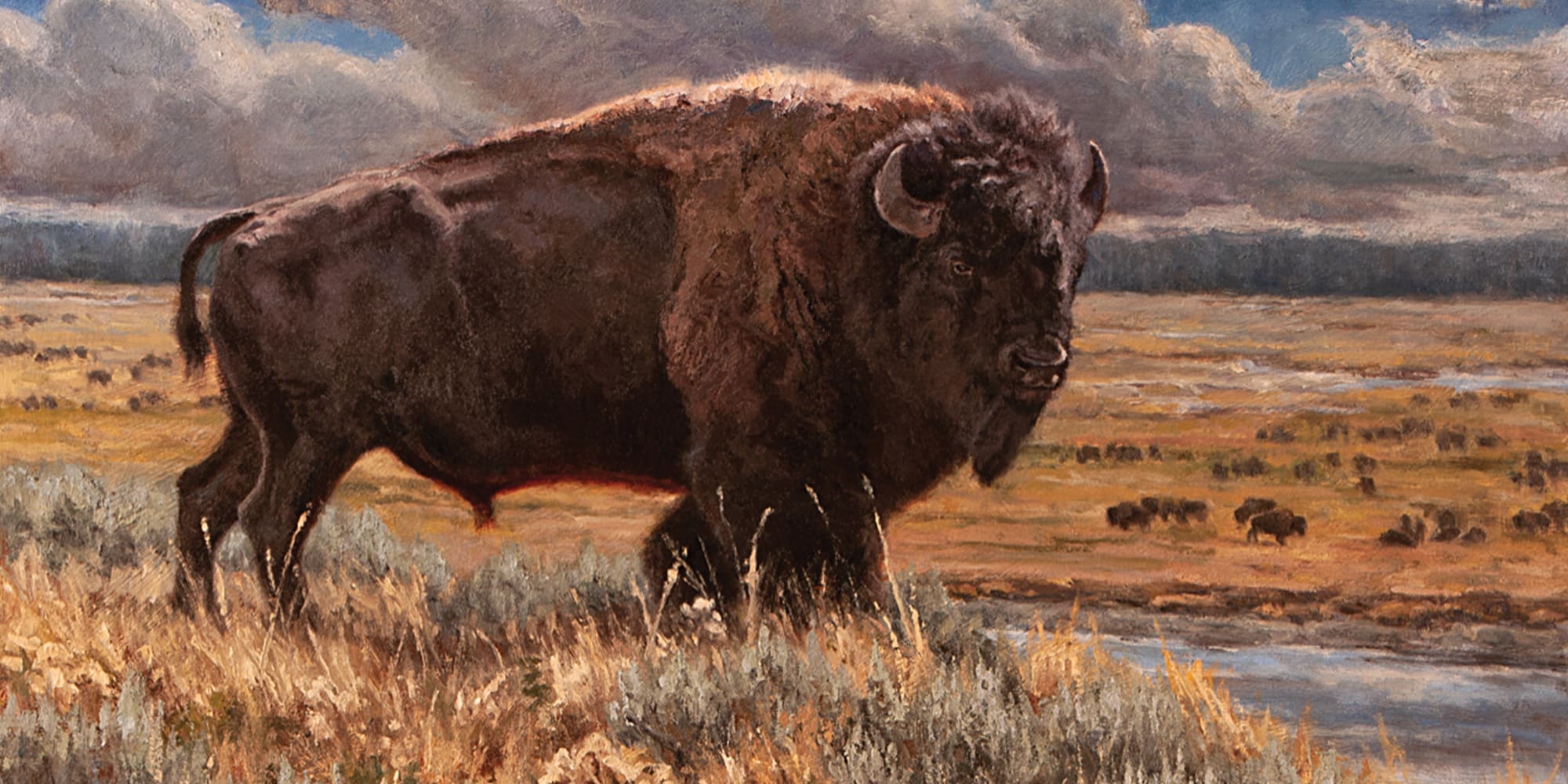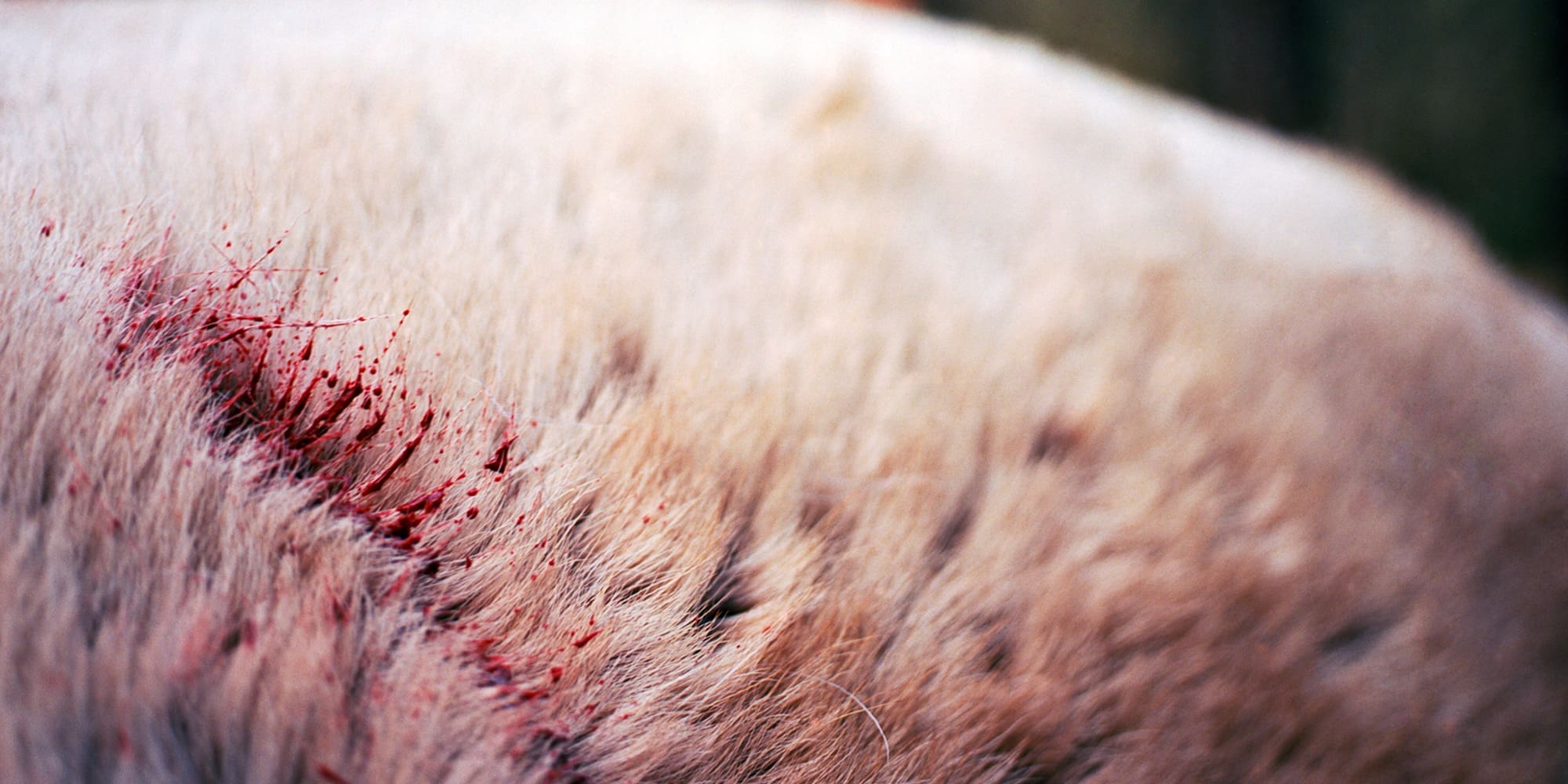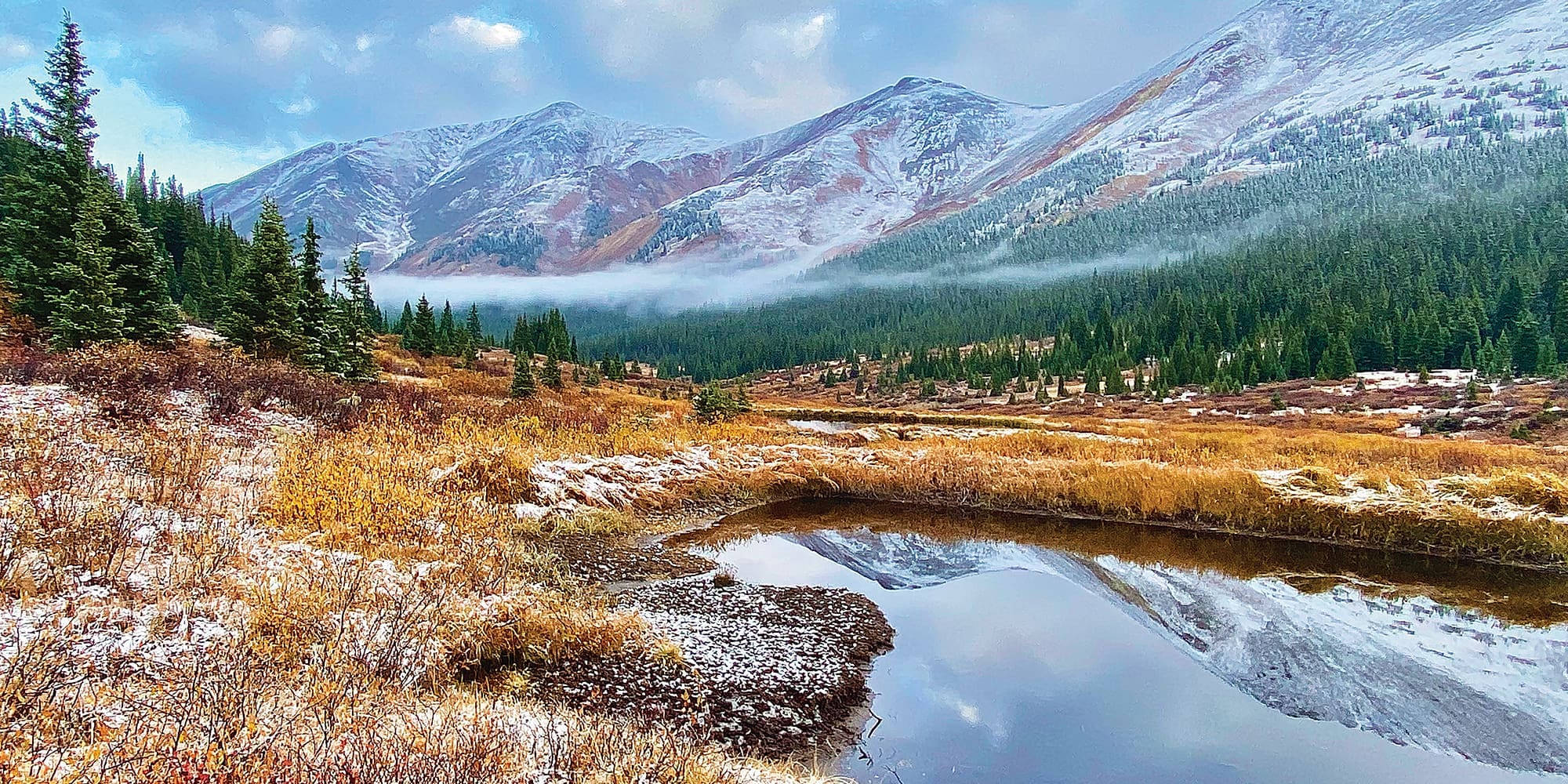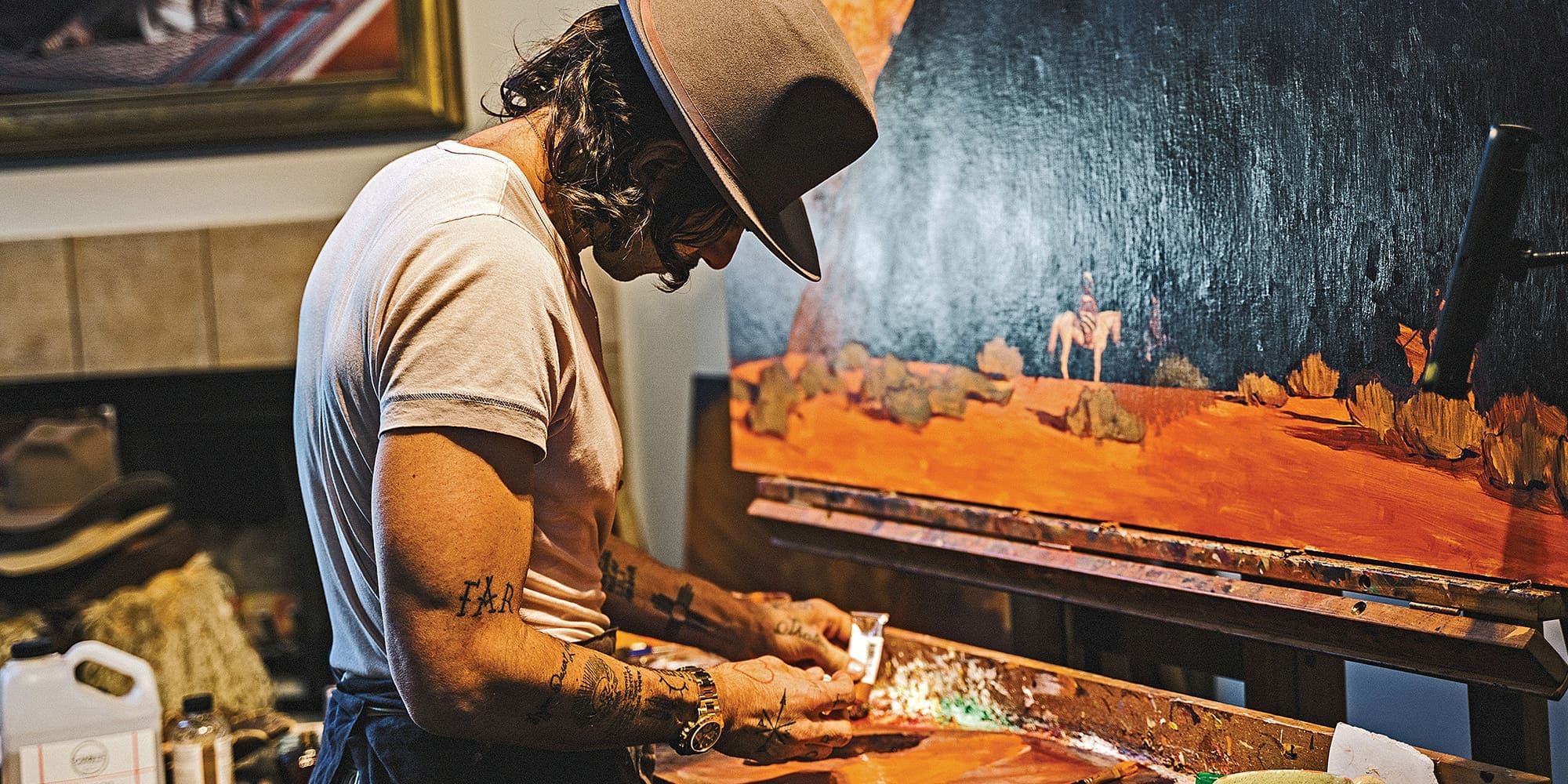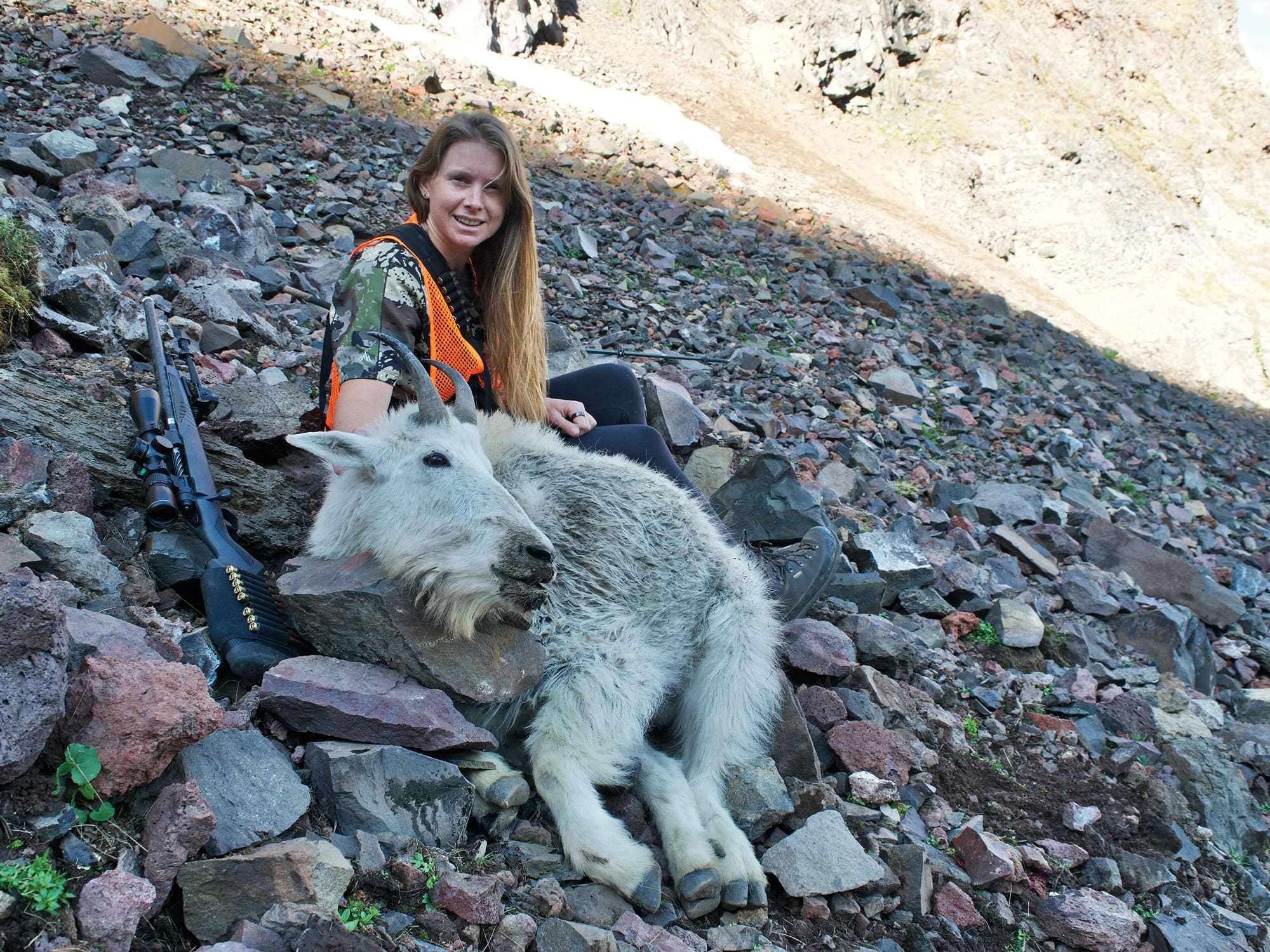
NOTICE: Certain links on this post may earn a commission for Western Hunter Magazine from Amazon or our other affiliate partners when you make a purchase. Thank you for your support.
Pulling Rare Tags - Mountain Goat
As the miles ticked by underneath the Toyota Tundra, I couldn’t help but think back over the last three months of preparation for this moment. Here I was, speeding my way toward the opening day of Montana’s mountain goat hunting season. I was so excited yet I wondered, have I prepared enough? Had all of my hard work been sufficient to bring me to the level of fitness I needed to be at to successfully complete this hunt? I hoped so.
I knew the hunt that lay ahead would not be an easy one. I had a long, steep hike ahead of me with a heavy pack just to make it to my camp spot tonight, and then I hoped to descend that same brutal hike with an even heavier pack after traversing the mountaintops and hopefully successfully taking a billy goat. Would I experience altitude sickness? It was a possibility, even though I didn’t expect it to become a reality. These thoughts kept me busy for the four-hour drive.
We arrived at the parking area where we would begin the climb to mountain goat country. My husband and I divided our camping gear and loaded our packs with everything we would need for possibly a five-day hunt in the 10,000-foot elevation camp. A tent, food, water, a filtration device, optics, firearms, etc were loaded onto our backs, and we took off. I knew what this hike in was like, as I had made it once before during scouting season. But this time, I was carrying a much heavier pack, as we needed much more gear to stay here for the opener and beyond.
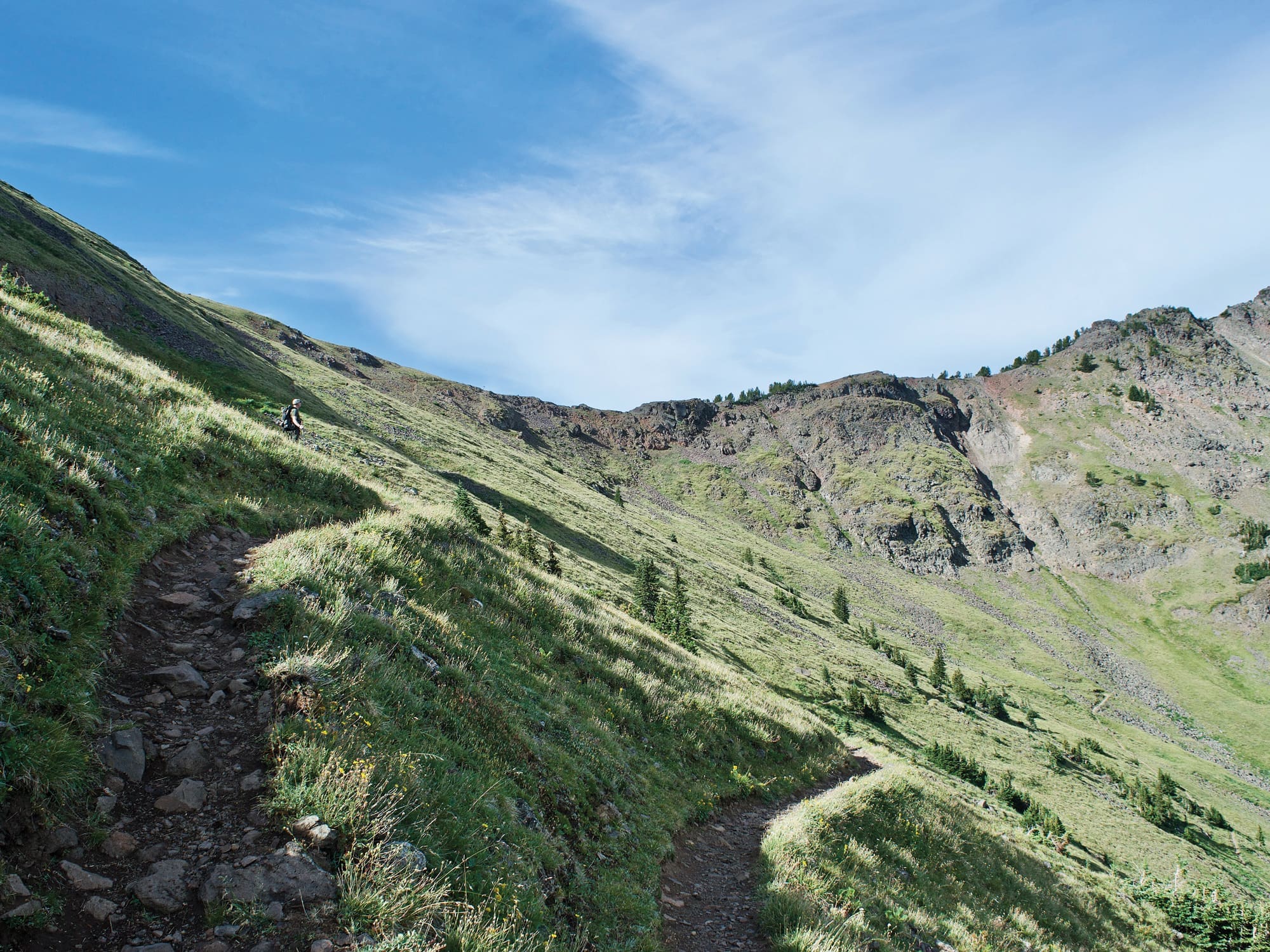
The First Test
As I began the climb up, I soon had to step off the trail to allow a pack train of around ten mules to go by. The train was led by one wrangler on horseback, and he tipped his hat as he rode past and commented that he was glad he wasn’t headed up on foot like I was. I shared his sentiment in my mind, considering what it might be like to get a pack animal of some kind. I noticed that each mule was not outfitted with a pack saddle but instead, each carried a regular western riding saddle. I thought it was unlikely that there would be that many people being dropped off up on the mountain for the opener of mountain goat season, but I would soon realize that I was wrong.
We made good time, traveling the six miles and over 3500 feet of elevation up to the top of the mountain range. I wanted to have enough time to drop back down into a basin that was surrounded by the rocky peaks where the mountain goats live, set up camp, and glass before the sun went down. We made the ascent in good time and started down into the basin to find a good camp spot.
As the sun started to set, I found myself glassing a lot of goats. Two of them I confirmed were billies, as they were in the cliffs directly above camp. Both of these billies were shooters, and I hoped they would be nearby for opening morning the following day. My only concern was that these billies had positioned themselves in an almost inaccessible location.
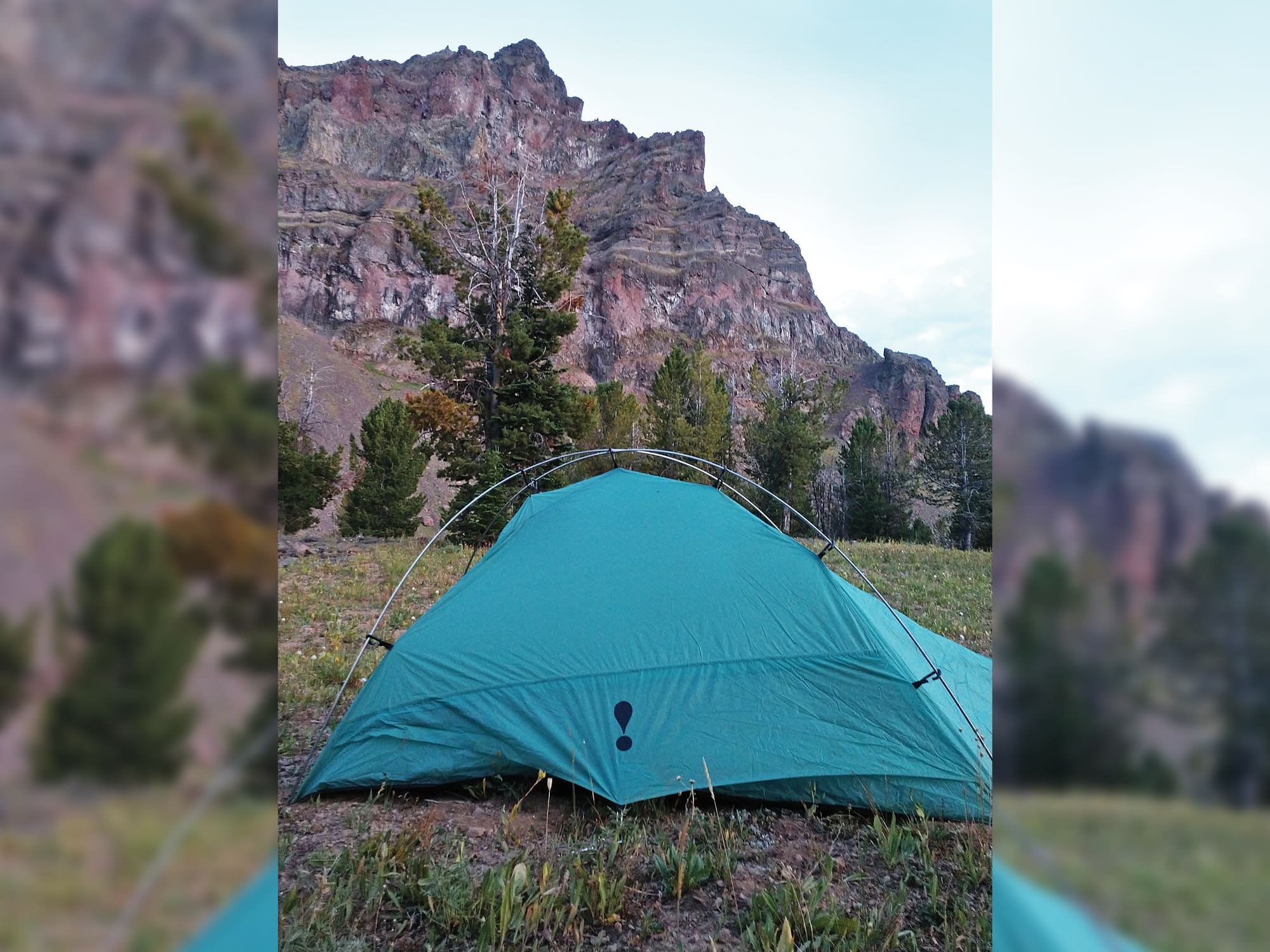
Hard to Get
I looked at my OnX Maps satellite images and found what would be my only available approach, but it was sketchy at best. Even if I pulled that off and made the shot, it was almost guaranteed that the billy would fall over 100 feet into the rocks at the bottom of the cliffs in the basin. It was less than ideal. I continued glassing while keeping an eye on those two billies. In the distance, I spotted three goats. One looked to be a nanny with a kid and the other appeared to be a billy. This confused me because of all the research I had done.
I knew that generally, this time of year, billies would not be with nannies and kids. I thought perhaps I was identifying him incorrectly because he was so far away. I also spotted a huge group of goats all the way across the basin. It appeared to be a giant group of nannies and kids. It was exciting to see so many goats, and I watched the last bit of light fade out of my spotting scope with high hopes for the next day.
That night, sleep was a struggle because I was just too excited for the morning. I tossed and turned in my sleeping bag, imagining all manner of scenarios that might play out the following day. It seemed to take an eternity to arrive but finally, the light began to slowly filter into the tent. I hurriedly dressed and grabbed the spotter.
A Better Play
I was happy to see the billies that we had put to bed behind camp still chilling in their almost untouchable locations. I enjoyed a scorching hot cup of coffee in a tin cup while I turned the scope to look across the valley. I couldn’t spot the big group of nannies and kids anymore, but the small group of three goats with a possible billy in it was still nearby. I debated trying to take one of the billies behind camp but decided to try to get a closer look at the potential billy with the nanny and kid.
These goats were in a much better location to access, and if I were to take one, there was much less chance of the goat free-falling so far and damaging the meat, head, or hide. I thought if he didn’t turn out to be a good billy, I would return to camp and try my hand at these other two crazy cliff dwellers. My only concern with this idea was the huge camp of hunters we passed on the hike up. That wrangler had dropped off a whole crew and a large camp of supplies not too far from the top of the mountain.
We figured they had to be goat hunting as well, as there weren’t any other seasons opening up that morning. There was a possibility they might glass up these goats by camp and make a move on them while we were gone, but that was just a risk I was going to have to take. We loaded up light packs and headed out to close the distance on this small group of goats. We hoped that if there wasn’t a good billy in the group, the other billies would still be tucked away in their sheltered spots back at camp.
I didn’t want to lose much elevation if I could help it. This was big country, and my legs had taken a beating the day before. I also knew what they had in store for them if I was able to tag a billy this day and we needed to pack it out with the rest of camp. I opted for side-hilling my way around the range to a bit of a choke point that the goats were working their way towards.
The Approach
I knew we would lose sight of them for some of the trek, but hoped I would be able to spot them again when we got close enough. Side-hilling is tough in some terrain, but it was incredibly tough here. I had to watch my step so closely to make sure I didn’t just fall down the mountain into the valley below. Trekking poles here were a literal life saver. It is just plain steep.
As I closed the distance, I slowed down and started watching for the goats. I was also looking for a good place to set up a rifle shot. It was not going to be easy to find due to the steep nature of the country. Up ahead, I could see a bit of a saddle between the few lone and haggard trees that dared reside on this inhospitable landscape. I decided to head toward that saddle and stop and glass. It didn’t take long to see the goat once I got there.
He was casually feeding about the rocks on these small yellow flowers that seemed so out of place among the scree. I quickly sat down and took off my pack, grabbed the spotter, and took a closer look at him. By golly, he was a billy – and a nice billy at that. I took a minute to compare him to the billies I had seen behind camp and concluded he was comparable to them both.
My only goal in this hunt was to take a mature mountain goat billy. This guy fit the bill perfectly. I began to get my rifle set up for the shot, which proved difficult on this still horribly steep ground. I wanted to make sure the shot was clean and the kill was fast, so getting set up comfortably on my rifle was paramount. I finally wriggled my way into an acceptable position and settled my crosshairs on the goat. I breathed slowly to calm my heartbeat and took aim. Crack! The rifle reported and sent the bullet 360 yards perfectly into the billy. He fell instantly and thankfully not too far before he caught on a boulder in the scree field.
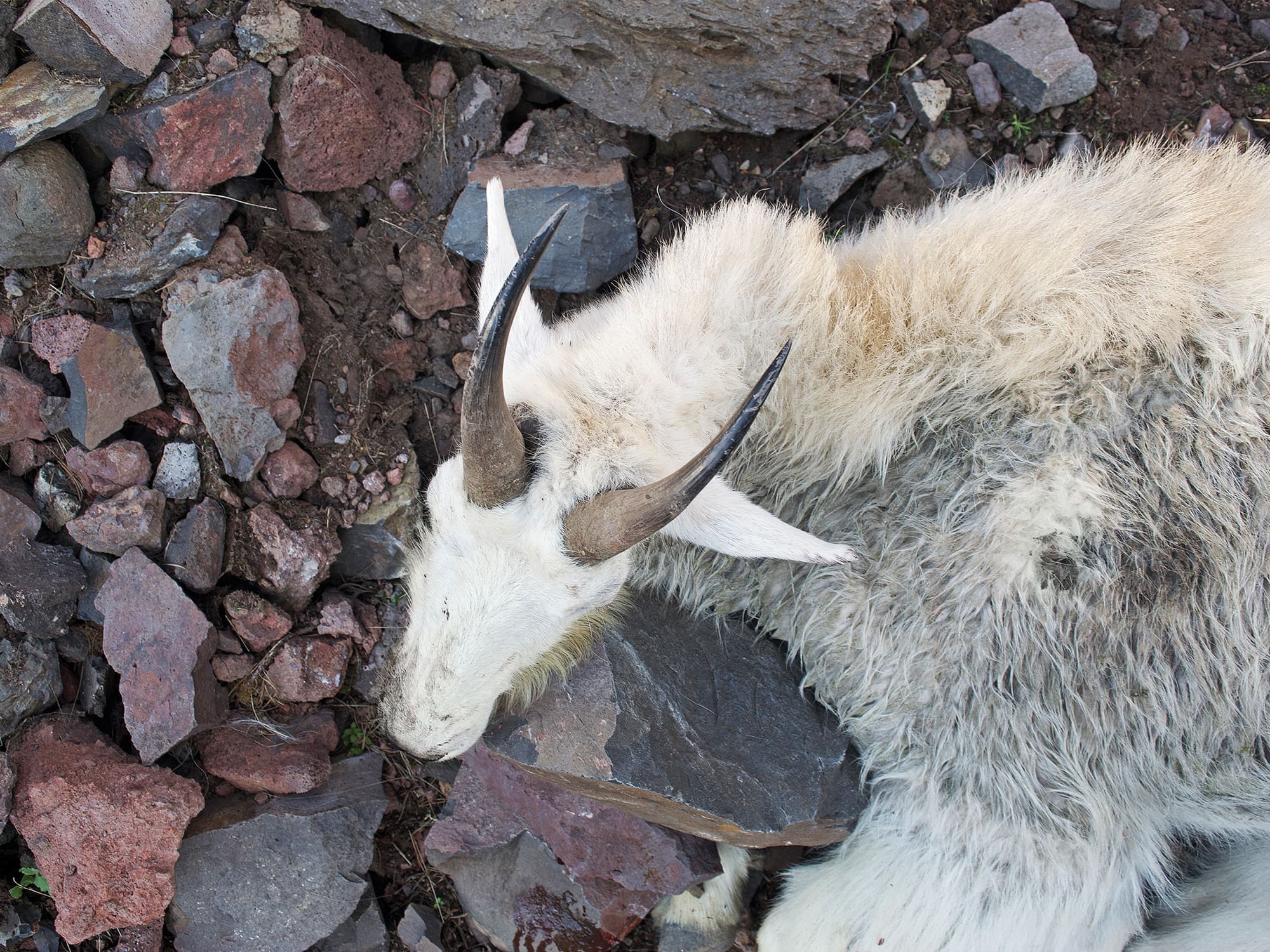
The Payoff
I breathed a huge sigh of relief. It was 8:30 on opening morning, and I had my goat down. I had been so afraid that I would somehow not fill this possibly once-in-a-lifetime tag, and that fear had been holding onto a large space in my soul since the day I had pulled it. I just didn’t want to waste it, especially due to some lack of preparation. I know hunting is tough and filling a tag is never guaranteed, especially one like this, but I wanted to be able to rest assured that I had done everything in my ability to have the best chance possible. I was finally able to celebrate, knowing that all the hard work had paid off and this tag did not go to waste. I couldn’t wait to get up close to the goat.
That was one of the parts of this hunt that I had looked forward to the most. I had never been on a goat hunt, even as a packer, so I had never been able to hold one in my hands and see its amazing features in person. I grabbed up my pack and headed cautiously across the boulders and rockslides. The realization of what I had accomplished set in with every step closer to the billy. When I finally reached him and felt the long, coarse hair of his coat, the smooth, small hooves that he used to perch high above my head, and the sharp tips of his horns, it took my breath away. What an amazing animal. To think that this creature had run the cracks of the cliffs above my head with no hesitation made me respect him that much more.
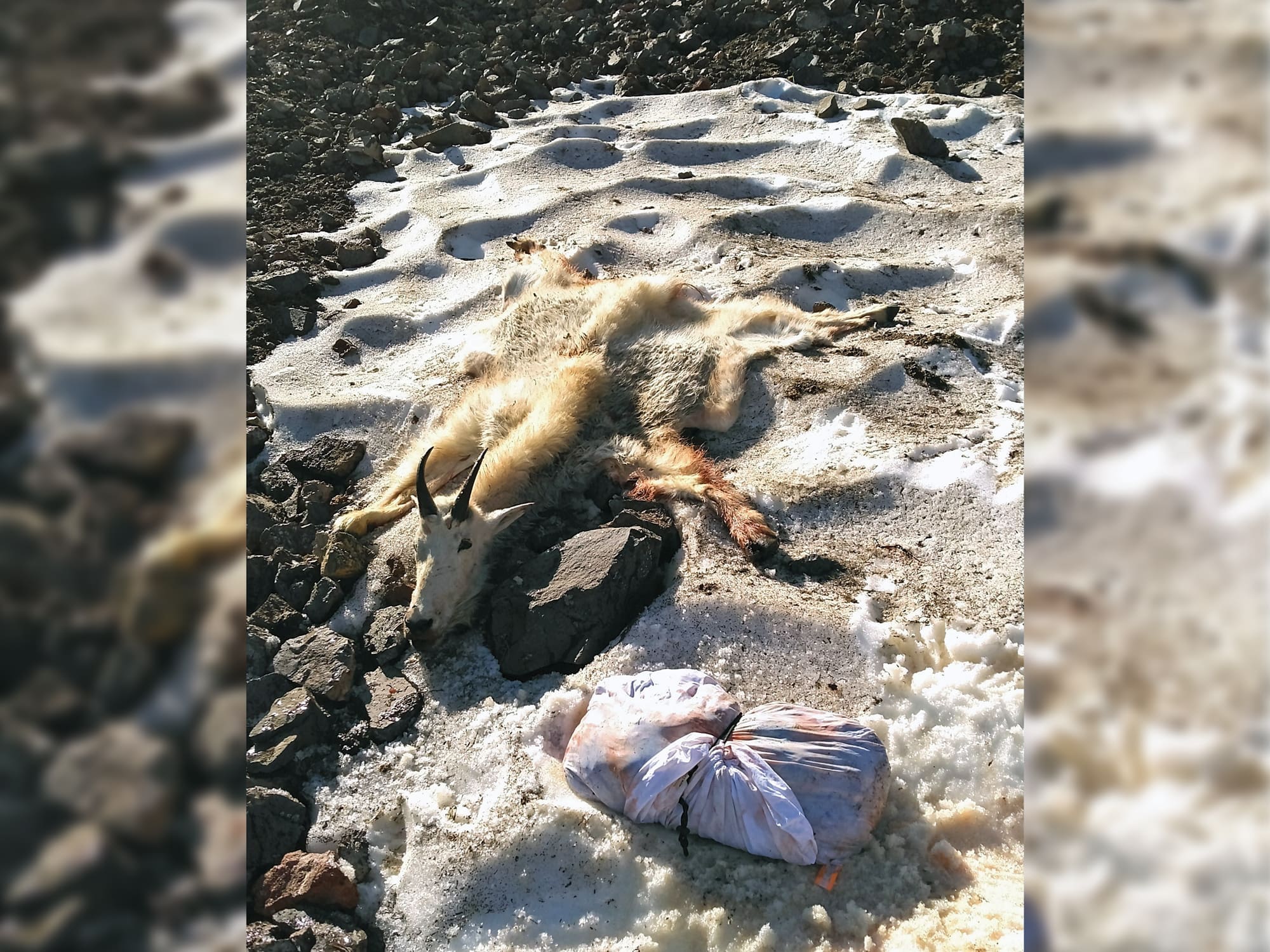
Packing Up
The work had truly begun. I skinned the billy for a life-size mount and stretched the hide out on a handy patch of snow nearby, left over from the winter before. I then removed the quarters, backstraps, tenderloins, and remaining meat and laid it all on the snow to cool. It was such a blessing that the goat had been near this leftover snow. It was the perfect way to cool the meat and hide before the long pack-out started. I refueled my body, taking in some Hydrate and Recover, carbohydrates, and some protein. Then, we packed up everything and started the trek back to camp.
At this point, my body was already feeling the work it had put in the both night before, hiking into the camp, and the hike today. I knew that it was very important for me to take good care of myself if I wanted to be able to pack this goat and all of camp out that night. When we got back to camp, we took off our boots and did some foot care while we broke down camp. We loaded all our hunting gear, our whole camp, and the entire goat and hide into our two packs. They were incredibly heavy for the landscape we were about to traverse. We fueled up again and set out.
The Final Exam
This was a trek I truly had to take step-by-step. The pack was incredibly heavy on my already worked legs, and there was not a single part of the trip that would not be either incredibly steep uphill climbing or an incredibly steep downhill descent. This provides a much greater challenge for the body. My hip was starting to swell from the weight on the pack’s belt, but there wasn’t really anything I could do about that except to stop and adjust the pack periodically to try to change the pressure point a bit.
We had to start the trip by hiking about 700 feet up and out of the basin that we had hiked into to set up camp the night before. Once we were back up top, we could start the descent. We had to stop many times to adjust the packs, rehydrate, fuel, and tend to our feet. Each time, I checked my load and wondered again at the features of this magnificent creature. Occasionally these breaks offered incredible gifts of fresh huckleberries or ice-cold water from the stream to wet my head and help keep me cool. When you are working really hard, the taste of a fresh huckleberry is pure bliss.
The steep descent with the heavy packs made for some painful hiking. The joints in my feet and legs ached and at some points, it felt like I was walking on wooden peg legs like an extremely lost and desperate pirate. All in all, it took us six hours and 41 minutes to make the trek out, going a total of seven miles and losing 3615 feet of elevation with packs stuffed to the brim. It was one of those hikes where the only thing getting you out is your mind. If you focus on your body, you will quit.
I was so thankful for all of the physical preparation I had done to get ready and for all the scouting that we did leading up to the hunt. We walked up to the rig, packs loaded with success, only 21 hours since we had just left it to hike in with hopes high. It seemed surreal and bittersweet that it was over so fast, but I am so incredibly grateful for the experience, and I will never forget it. If I never draw a goat tag again, I will be fulfilled with this experience. It tested my mind, my body, and my spirit. It forced me to plan ahead like I had never planned before and, in the end, the payoff far exceeded the cost. These are the tags we dream of because of the amazing experiences they offer us that are otherwise out of reach.
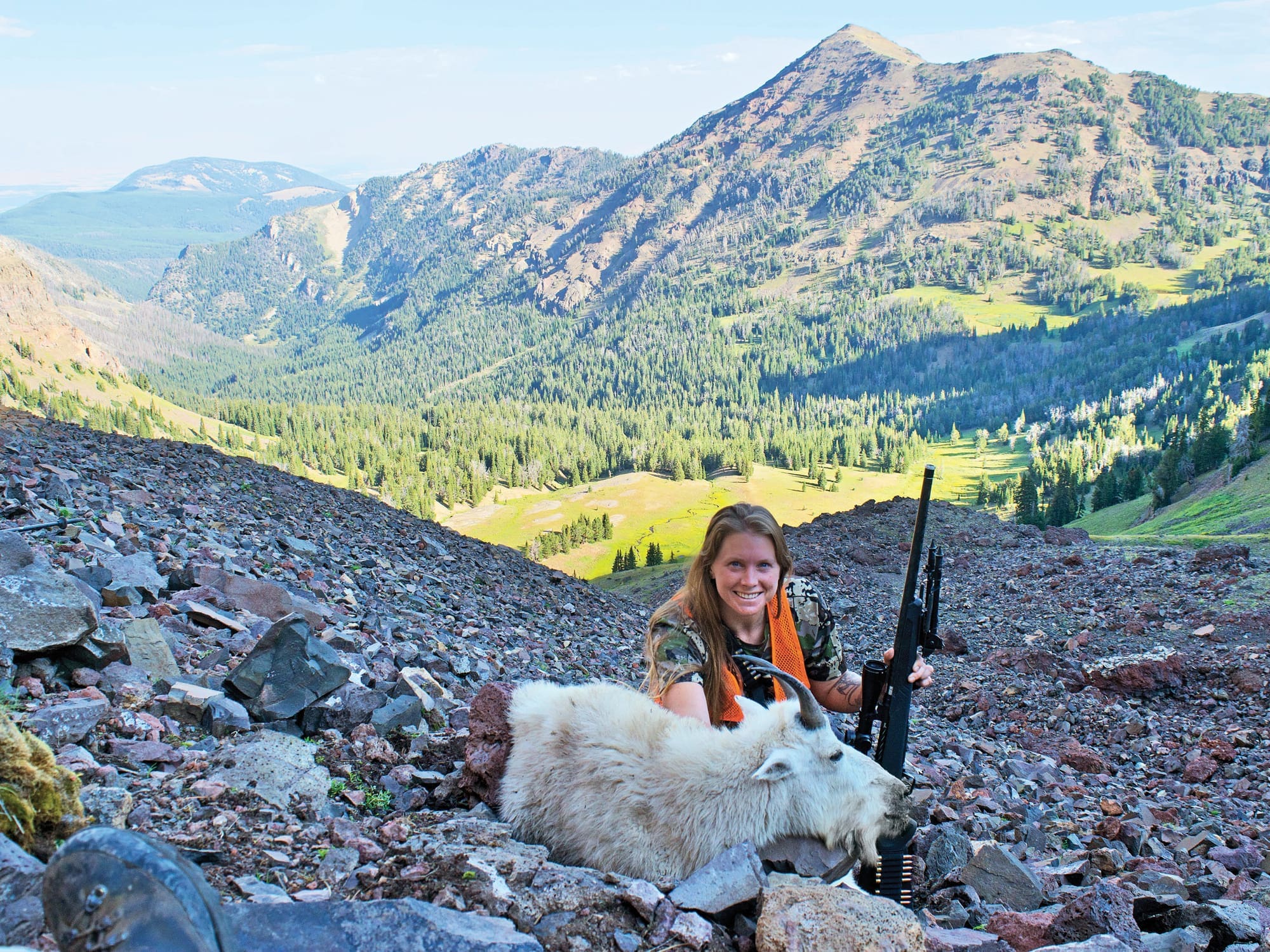
All According to Plan
When I put together my training program for this hunt, I knew that the physical aspect was going to be an incredibly important part of the preparation, but another vital aspect that physical training provides is mental fortitude. When I develop a training regimen, I build it in such a way as to ensure that I am able to get the desired physical results of the work while reaping huge benefits in the form of mental strength and endurance as well.
Having a physically strong body but a weak mind will inevitably limit you at the weakest link. You cannot push through mental weakness, even if your body is still up to the task. Creating my program with elements of training that involved outdoor, authentic conditions that mirrored what I would encounter on my hunt was paramount. We can’t always mirror the challenges we will be facing exactly, but the closer we can get, the better prepared we will be, both physically and mentally. This really played out well to my advantage on this hunt. The pack-out was as much mental as it was physical, and I was glad to be up to the task on both fronts.


